First opened in 1899 as a care facility specialising in hydropathy, Tor-na-Dee has a varied history.
Standing today as Tor-na-Dee Care Home, the facility was first known as Deeside Hydropathic.
With more than 100 beds, steam heating and even electric lights, patients were offered a variety of cure baths to treat range of ailments, including rheumatism.
But this was just the beginning of its interesting past.
As hospital beds and facilities became urgently needed for officers during the First World War, the Hydropathic became Tor-na-Dee Sanatorium in August 1918.
Primarily treating cases of tuberculosis, fifty-six beds were initially made available to the British Red Cross to treat officers, but high demand saw an additional wing built to increase accommodations.
When the number of service patients began to decline, Tor-na-Dee became a private institution treating all types of tuberculosis. It operated privately until 1945 when it was again acquired by the Scottish branch of the Red Cross to treat former service patients.
Tor-na-Dee Hopsital and Roxburghe House
In 1955, as treatment for tuberculosis became less needed, the sanitorium was handed over to the NHS which renamed the facility as a hospital in 1960.
It specialised in chest diseases but was cleared of patients during Aberdeen’s 1964 typhoid outbreak to be used as an overflow hospital, then as a convalescent hospital.
Following this period, and the return to its remit of treating chest disease patients, in 1988 it once again became a convalescence hospital – but only after renovations.
It joined Roxburghe House, a hospice and palliative care facility which was established on Tor-na-Dee’s grounds in 1977.
Tor-na-Dee eventually closed its doors in 2002, with Roxburghe House following just two years later.
Our gallery features images from 1988 to 1991, including people from student nurses and residents to fundraisers and firefighters. Can you spot any familiar faces among them?

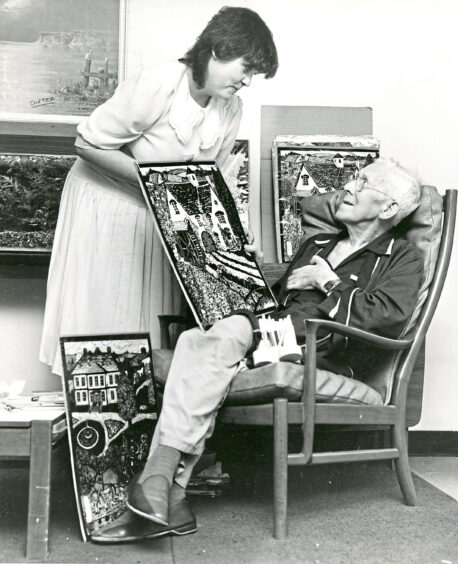
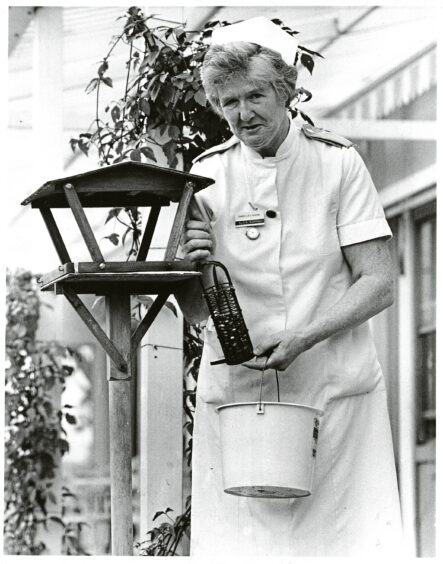
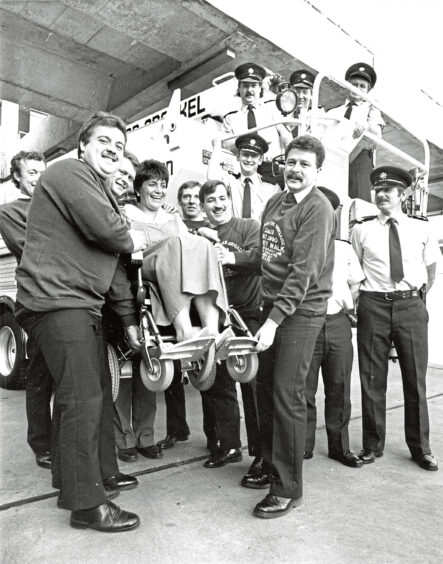

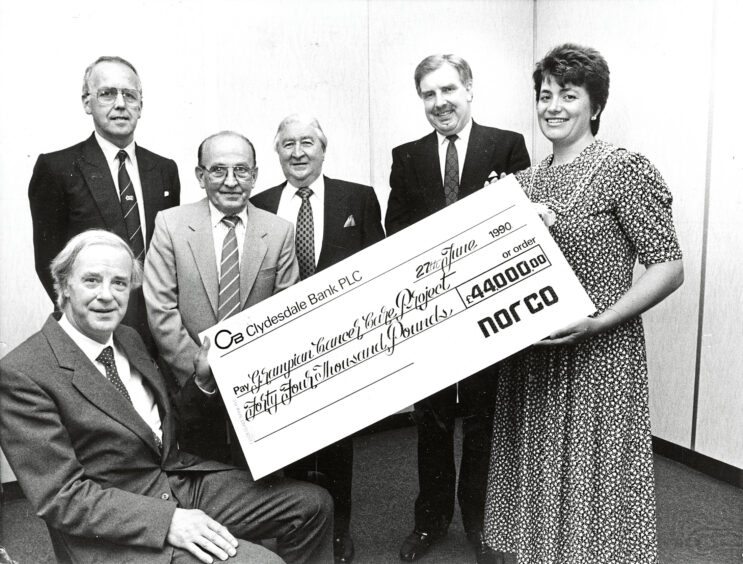
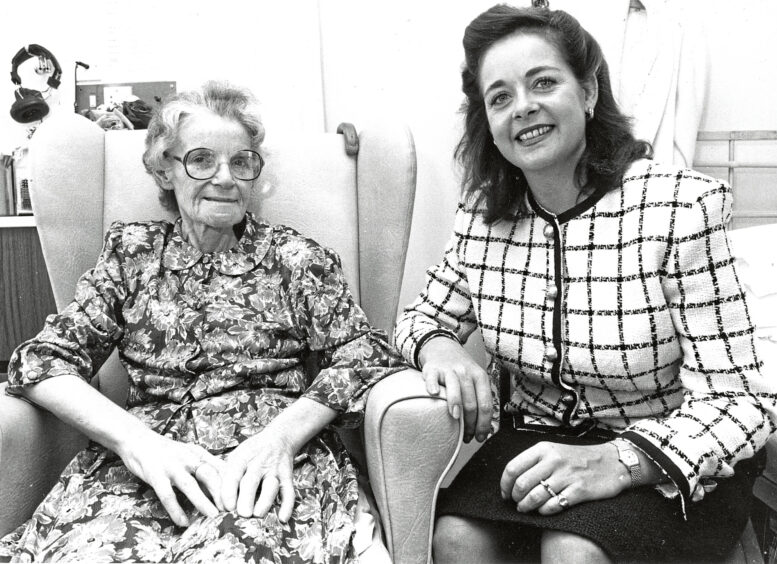

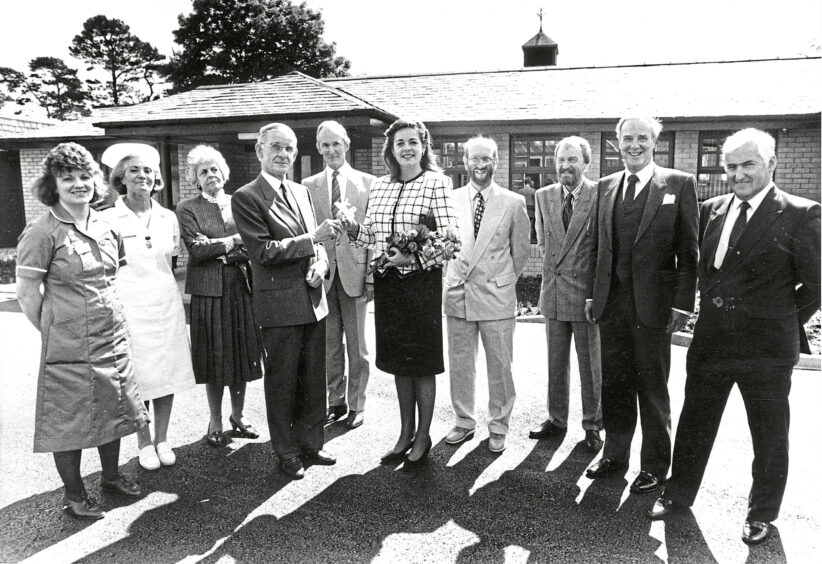

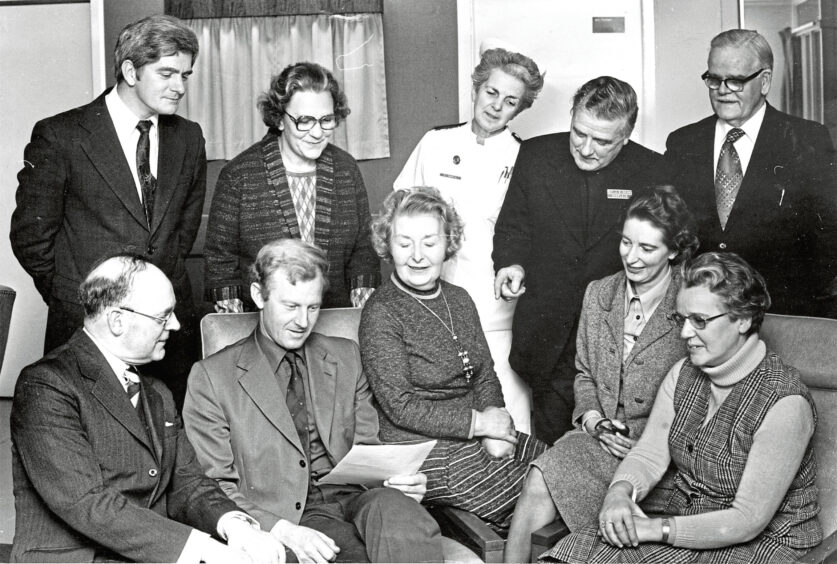
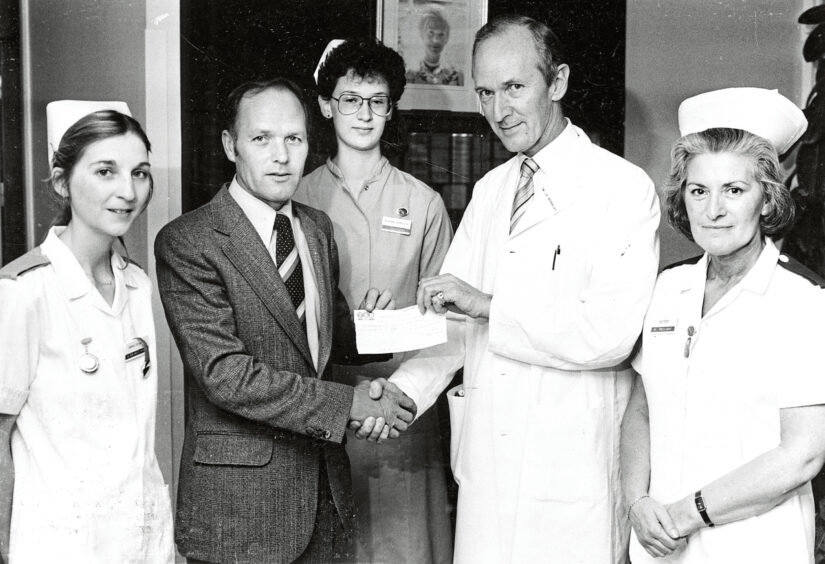

Conversation